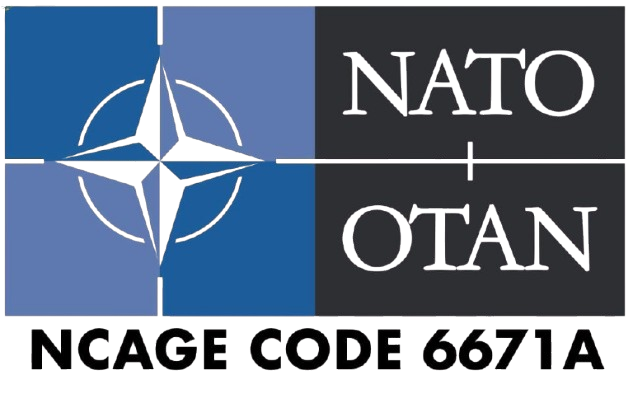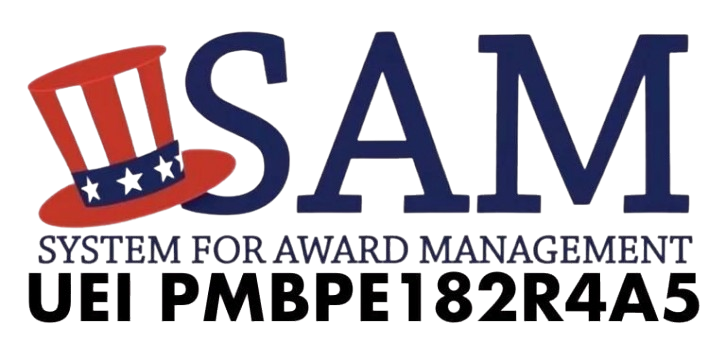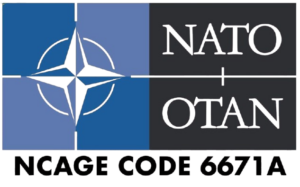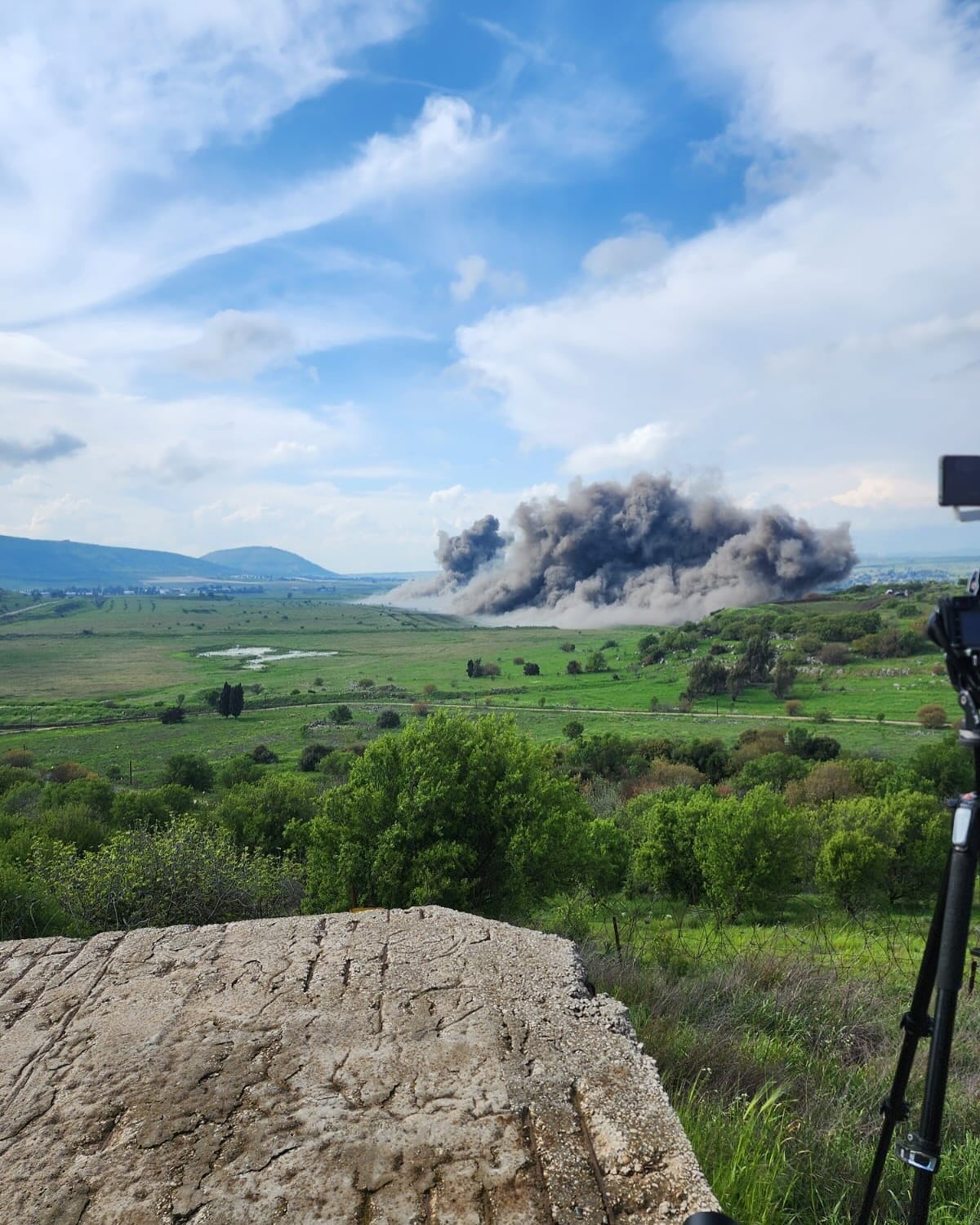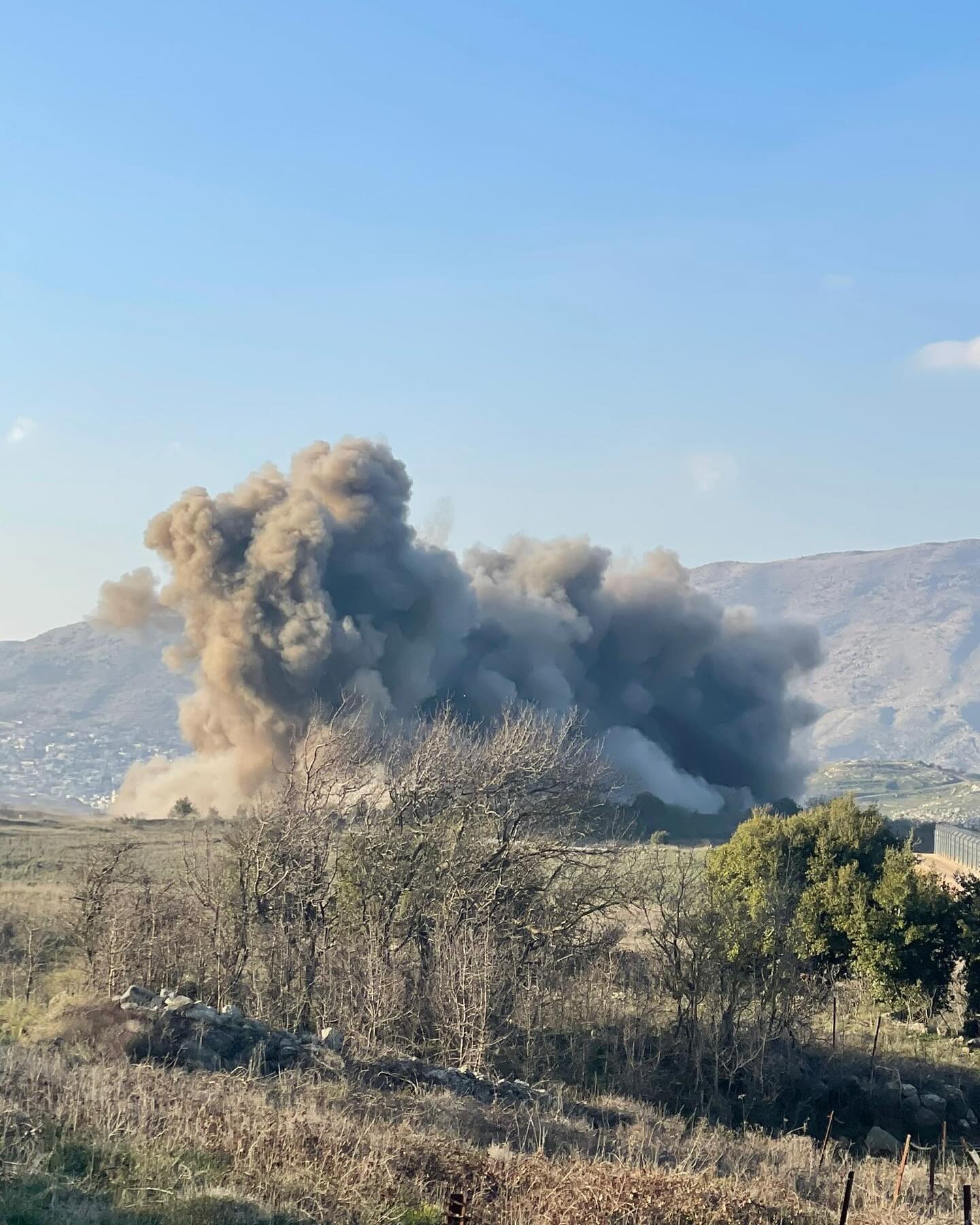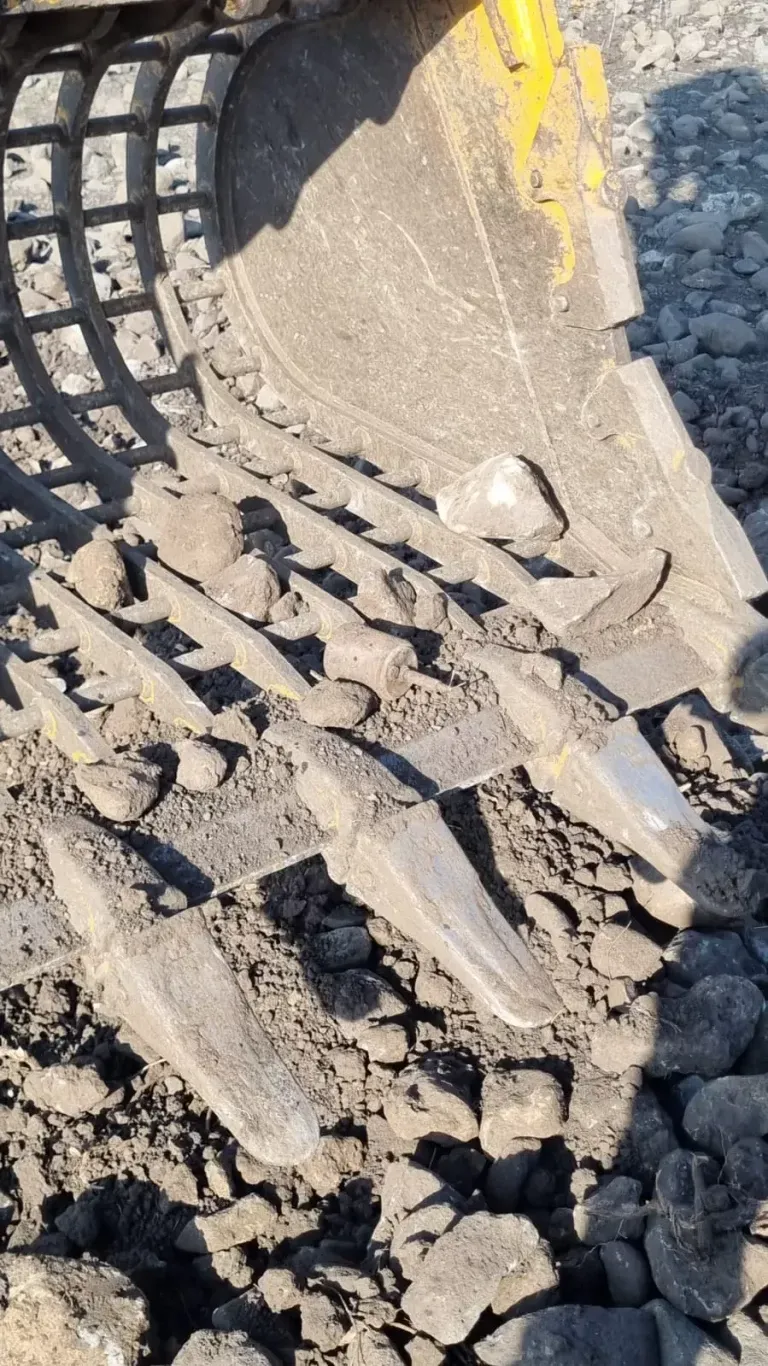Even before war’s last buzzers are called off, a long, eerie legacy of war awaits: the remains of land mines and relics of the unknown. These undeadly dangerous things are usually just beneath our feet; they transform normal land into a deadly landmine field, constricting everything from rivers and roads to farming, enclosing communities in an inescapable nightmare of fear.
They stop millions of people from rebuilding their lives or obtaining necessary resources. It is precisely this kind of thing that power of Humanitarian Demining is so crucial for – it is a methodical and courageous endeavor that occurs across the world to address these difficulties and restore safety, optimism, and opportunity. Join us and get a clear idea of what it is.
What Is Humanitarian Demining?
Humanitarian demining is a non-military method employed by humanitarian organizations to safely locate, remove, and destroy landmines and other explosive remnants of war (ERW) from areas of civilian occupation and from communities in which they live, work, and move.
The special technical objectives of humanitarian demining are to remove all known landmines, remove all landmine sites (whichever locations indicate a civilian presence), and remove all traces of mines from the area.
Trained deminers will likely work using hand tools and special equipment and may have assistance from animals in areas marked for mine clearance.
Why Need Humanitarian Demining?
- Benefits & Prevention Landmines: Relentlessly kill and maim innocent civilians (including children) in the long-term after wars end; demining removes this existential threat.
- Reclaiming Land for Lives: Many miles of fertile land, roads, and significant infrastructure are contaminated by the contamination of others and cannot be used to farm, trade, or rebuild, and therefore land can be dominated.
- Allows Safe Return to Home: Displaced communities are prevented from returning to their homes and villages if the area has been deluged with explosive devices.
- Enables aid and development: the delivery of humanitarian assistance, the construction of schools and hospitals, and any overall economic growth are impossible in mine-affected regions.
- Reduces fear & trauma: The constant fear of hidden explosives has tremendous psychological costs and hinders people from rebuilding their lives.
- Creating Long-term Peace: Through the physical demining of war zones, demining lays the groundwork for long-term stability and reintegration.
The People Behind Demining Efforts!
The brave men and women who help build, grow, and live on the land one meter at a time are not only distinguished engineers but are also deeply concerned with safety. Humanitarian deminers are highly trained technicians, farmers, local community members, and experts from diverse backgrounds, all working towards a common goal: to remove explosives from areas at risk.
Their task is both physically and mentally exhausting. They must overcome great patience and skill to find and eliminate the hidden explosives, which they then clear away with their own hands. They are the quiet builders of peace, leaving devastated communities and families with only one day to rebuild, cultivate, and reclaim their futures, one clear meter at a time.
How Does Humanitarian Demining Work?
Initial Assessment & Survey (Non-Technical Survey – NTS):
Goal: Identify potential danger areas and gather preliminary information.
Process: Teams interview local communities, aid workers, and ex-combatants; review historical records, maps, and conflict data; and detect contamination (e.g., destroyed vehicles, damaged buildings, and local awareness of incidents) to prioritize which area to examine first.
Delimitation & Marking:
Goal: To make it easier to avoid accidental entry into suspected hazardous areas clearly marked.
Process: Based on survey data, warning signs, tape, or fences are put up to mark the suspected minefield/contaminated zone so that the local population understands the danger.
Technical Survey (TS):
Goal: Precisely locate and map individual explosive items within the marked area.
Process: Trained deminers carefully enter the area, marked with specialized equipment such as high-sensitivity metal detectors, ground-penetrating radar (GPR), or even trained animals (mine detection dogs or rats), and detect anomalies in the ground, marking each device spotted.
Manual Demining/Clearance:
Goal: Safely expose and prepare explosive items for destruction.
Process: Procedural deminers excavate in meticulous detail – often on their hands and knees – all anomalies they discover during the technical survey, using relatively small hand tools (such as trowels and prodders) without any interference to the device.
Disposal of Explosive Ordnance (EOD):
Goal: Safely destroy the identified landmines and ERW.
Process: After an explosive device has been safely exposed, trained EOD specialists will determine the appropriate method of destruction (usually controlled detonation in a safe pit or removal to a designated disposal location).
Handover & Release:
Goal: Officially return the cleared land to the community or relevant authorities.
Process: Once all the various quality checks have been completed, the area is formally declared safe and eligible for productive use, such as agricultural research, infrastructure construction, or humanitarian purposes.
Demining’s Impact on Communities!
Demining transforms communities by eliminating the invisible threats of landmines and the detonating munitions of war. We can provide direct benefits by enabling people to return to their homes without fear of future attacks. Massive areas of agricultural land are restored, significantly improving the security and growth of the farming communities. Children go to school again without being constantly threatened with danger. Therefore, they are more educated and can enjoy the fruits of their labor. The impact of demining is tremendous. It can also resurrect key infrastructure such as essential roads, which are critical to economic development, and vital health clinics. We hope that by doing this, we will help remove the barriers to growth and enable sustainable development for all.
Get Humanitarian Demining Services From 4M Defense
Unmatched Experience and Expertise:
Our management team has worked in active military roles on landmine clearance and Explosive Ordnance Disposal (EOD), accumulating multiple decades of real-world, industry-relevant knowledge on Mine Action and UXO disposal, which enables efficient and reliable operations.
Customized Solutions:
4M Defense understands that there is no one-size-fits-all solution. We craft solutions to meet the unique requirements of the most demanding environments worldwide, with our comprehensive global operations capability enabling us to quickly and efficiently deploy experienced teams to your location.
New Technology + Battle-Proven Methods:
4M Defense combines revolutionary survey technologies with active deployment techniques, combined with innovative clearing methods. Together with the simultaneous use of mechanical and manual clearance, this method ensures effective and precise landmine clearance and the removal of unexploded ordnance.
Dedicated to Safety and Quality:
Our first goal is to deliver the results you’re looking for: our highly qualified and educated staff offers a range of training programs, with over twenty-five years of project management experience, and we take safety seriously, both for our employees and our customers. That’s why cleared land is supposed to be truly safe to enter and develop.
Problem Solvers for Complex Challenges:
If you’ve got a challenging demining project coming up, give 4M Defense a call. We know the answers when no one else can. We have years of experience working with some of the most challenging situations.
The Bottom Line!
Humanitarian demining is not simply about hauling away munitions for destruction. It’s also about dignity and future prosperity: by carefully removing the soil and infrastructure from war-damaged areas, we can do much to reduce and eliminate threats. In return, this allows for large areas to be used for agriculture, ensures the safe and secure schooling of children, and facilitates the restoration of key infrastructure. This lays the foundations for good communities and the basis for lasting peace.
